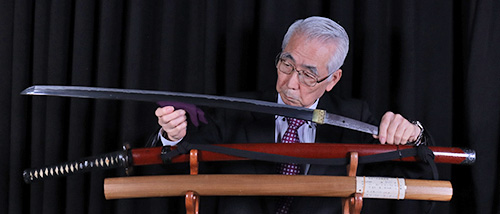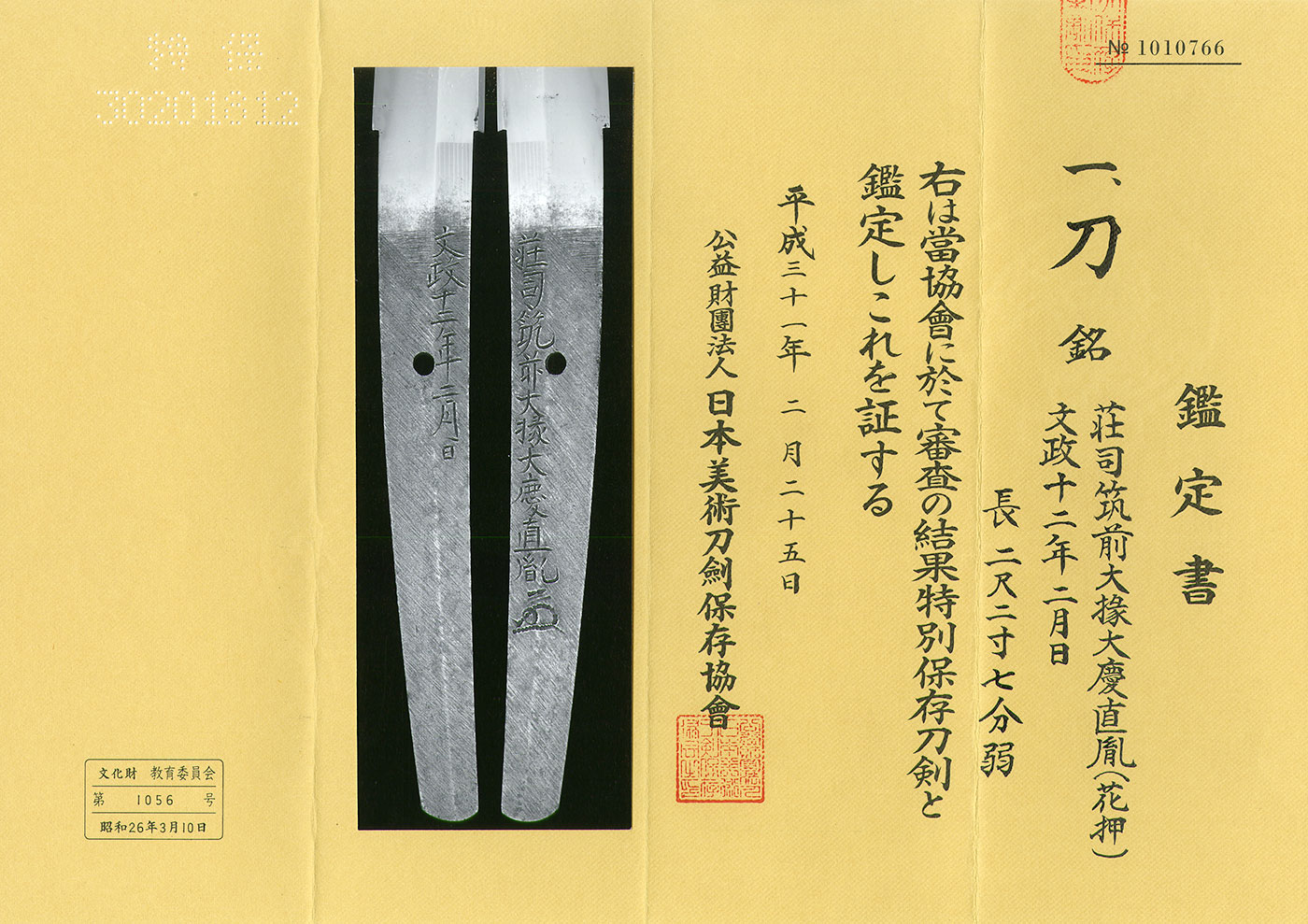Ordering number: 22123
Katana in Shirasaya with Koshirae(NBTHK Tokubetsu Hozon Token)
Signature :Soushi Chikuzen Daijo Taikei Naotane(Kao)
荘司筑前大掾大慶直胤(花押)
Bunsei 12 Nen 2 Gatsuhi
文政十二年二月日
Shinshinto: Saijo saku: Musashi
(We divide 4 sections for each sword as Saijyo saku, Jyojyo saku Jyo saku and regular saku)
This sword belongs to Jyo Jyo saku ranking.
habaki: Gold foiled single Habaki
The blade was polished.
Blade length:68.64cm or 27.02inches.
Sori :1.212cm or 0.47inches.
Mekugi:1
Width at the hamachi:3.07cm or 1.20inches.
Width at the Kissaki :2.02 cm or 0.79inches.
Kasane:0.79cm or 0.31inches.
The weight of the sword:830grams
Era: December of Bunsei 12, the Edo period.
Shape: The blade is broad and thick with adequate Sori and longer Kissaki.
Jigane: Koitamehada is grained well with Jinie and Chikei. Utsuri appears.
Hamon: Niedeki Chojimidare is mixed with Gunomemidare with lots of Ashi. Kinsuji works in Hachu with soft Noikuchi and active Ashi. Boshi is Midarekomi and turns back round.
Special feature: Minosuke Fuji Naotane was born in Ansei 7 in Dewa Kuni Yamagata, and his real name is Shoji Minobei, and he was named also as Taikei. In around Bunsei 4, he had succeeded to Chikuzen Daijo. In Kaei 1, he had moved to Kyoto and became Mino Kami. He moved to Edo when he was still young and became a pupil of Suishinshi Masahide. And later he worked under Akimoto Ko like his master, and learned with Hosokawa Masayoshi. The date when he became a pupil of Suishinshi Masahide is unsure, but because we can find Mei of “Shoji Naotane Kansei 13 Shogatsu Hi” with the product made by him at the age of 23, it could be estimated around Kansei 11 or 12. And he had to be independent around Bunka 1. He passed away on 7th of May, Ansei 4, at the age of 79.
Koshirae:
Tsuba; 4 Mokko-shaped Shakudo Tsuba. Patterns are engraved. At the center part, plants and patterns are engraved with Shakudo.
Fuchikashira: On Shakudo plate, arabesque patterns are engraved.
Saya: painted with Shu and black.
Menuki: On Shakudo plate, Kuyo-mon family crest is engraved.
Kojiri: On Shakudo plate, woods are engraved.
Kurigata: On Shakudo plate, arabesque patterns and Kuyo-mon family crests are engraved.
From Aoi Art: He travelled 3 times a year, so we find many works with Mei engraved in different places. He started his travel from Mishima Shrine in Izu, and through Nirayama, Shuzen Temple, Enshu Hamamatsu, Ise Hisai, Ise Shrine, and got back to Edo. Naotane could both Bizenden and Soshuden, and he was good at both. Bizenden works of him tend to have Utsuri like this work. It is very rare for the works made in the late Edo period to have Utsuri like this.
NBTHK Tokubetsu Hozon Token
Aoi Art estimation paper: whole Oshigata by Ayaka Tsuruta
Order Form
Related Items:
 Dai Sho:Tsushima Kami Tachibana Nyudo Tsunemitsu
Dai Sho:Tsushima Kami Tachibana Nyudo Tsunemitsu
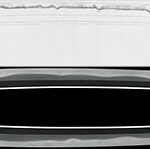 Katana: Ho-ki Kami Taira Ason Masayuki
Katana: Ho-ki Kami Taira Ason Masayuki
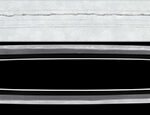 Katana :Oumi Kami Takagi Ju Sukenao Saku(NBTHK Tokubetsu Hozon Token)
Katana :Oumi Kami Takagi Ju Sukenao Saku(NBTHK Tokubetsu Hozon Token)
 Katana:Hizen Kuni Ju Oumi Daijo Fujiwara Tadahiro(NBTHK Tokubetsu Hozon Token)(consignment sale)
Katana:Hizen Kuni Ju Oumi Daijo Fujiwara Tadahiro(NBTHK Tokubetsu Hozon Token)(consignment sale)
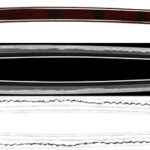 Katana: Matsumura Masanao.
Katana: Matsumura Masanao.
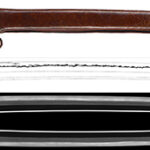 Katana: Higo Kami Tachibana Yoshitsugu Saku
Katana: Higo Kami Tachibana Yoshitsugu Saku
